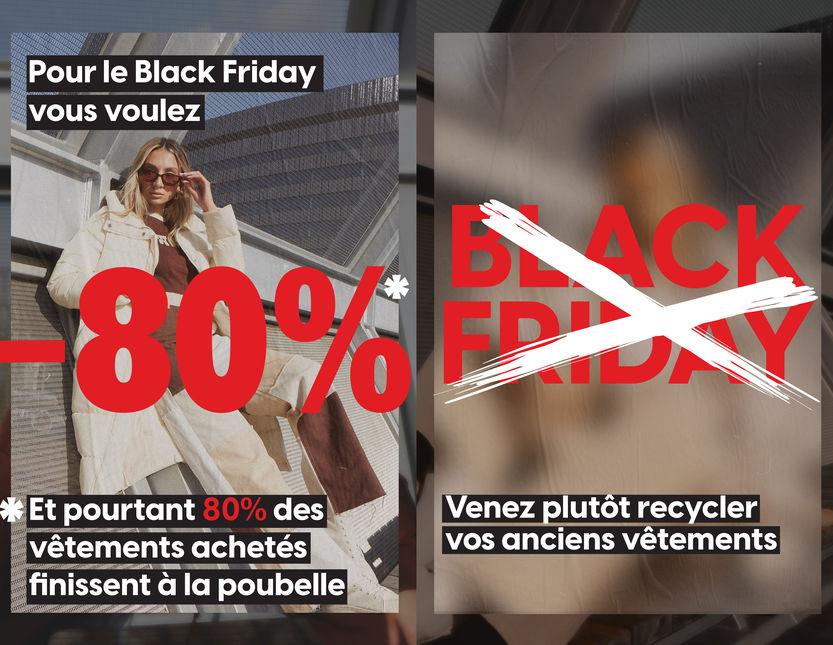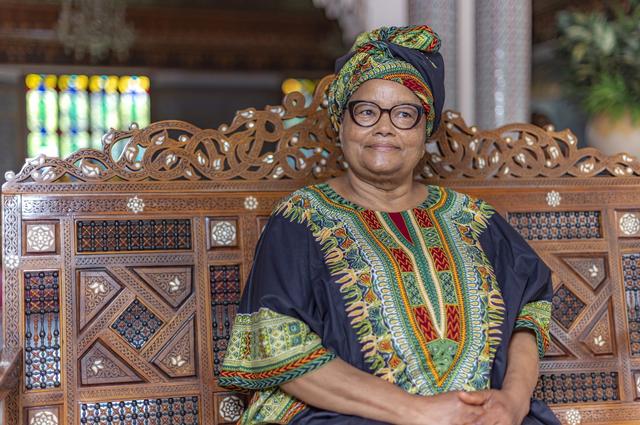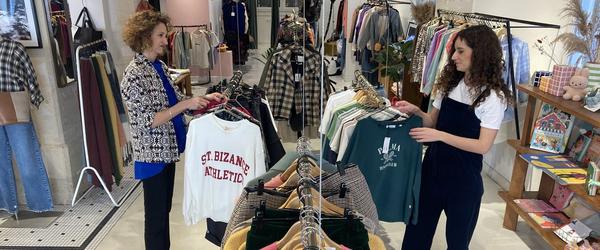Black Friday: Jennyfer collects used clothes
For three years, the anti-Black Friday movement has continued to grow. Last year, a thousand e-commerce sites boycotted it outright. With its slogan "No Black Friday", the fashion brand Jennyfer, sorry Don't call me Jennyfer as it renamed itself three years ago, does not particularly stand out, especially since it had already stopped promotions since its change of management team in 2018. More original, however, is the used clothing collection operation which begins on November 24. From today, Jennyfer customers, most of whom are under 19, can return to the chain's 256 stores the clothes they no longer want, all brands combined. In exchange, they are entitled to a 15% discount on their favorite (and most expensive) item.
Fight against waste

To organize this collection, Jennyfer relies on a specialist, I:Co. Because, it is well known, to limit waste, it is better to produce less of it upstream and think about recycling it downstream. "It's a virtuous circle, confirms Elodie Chelle, director of upstream operations and CSR at Jennyfer. 80% of clothes end up in the trash. We must support our young customers in recycling". Since 2007, textiles, like household appliances in 2006 and furniture in 2012, have set up an "EPR" sector (extended producer responsibility), but its effectiveness is not total.
A day without sales?
Jennyfer's involvement goes back a few years. In three years, the brand has succeeded in reducing its quantities produced by 15% and its residual stock by 500 tonnes. "Our ultimate ambition is to one day arrive at an economic model without sales!" hopes Elodie Chelle. By that distant day, she is counting on 70 tons of goods recovered with this anti-Black Friday initiative. As in other sectors, the Covid accelerated phenomena such as relocations. A major importer with 80% of the clothes purchased in Asia, Jennyfer is trying to move the lines: the quantities ordered in the Euromed zone have increased by 30% over the past two years.







